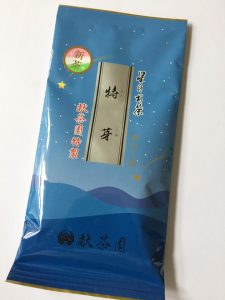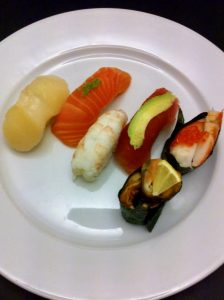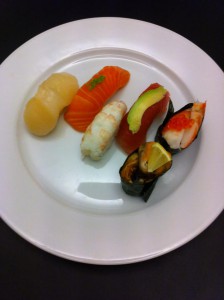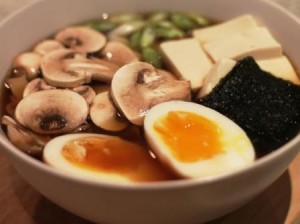 In Japan the selection of Japanese green tea is very large.
In Japan the selection of Japanese green tea is very large.
In Denmark there are more and more people who drinks Matcha tea. Matcha tea has gain a lot of attention due the health benefits you get from drinking the tea.
Japan produces annually approx. 85 tons of tea of which 99.9% is green tea. The most popular brands of green tea tea are Bancha, Genmaicha, Gyokuro, Hojicha, Kabusecha, Kukicha, Matcha Sencha and Shicha.
Within these types of green tea you can buy tea of different qualities in Japan which all have their own unique flavors and taste.
_
Zoë has lectured and held sushi courses for A. P. Moller – Maersk, Hugo Boss Nordic, Novo Nordisk, Novartis, Velux, Gorrissen Federspiel, Beierholm revision, Elbek & Vejrup and many more.









